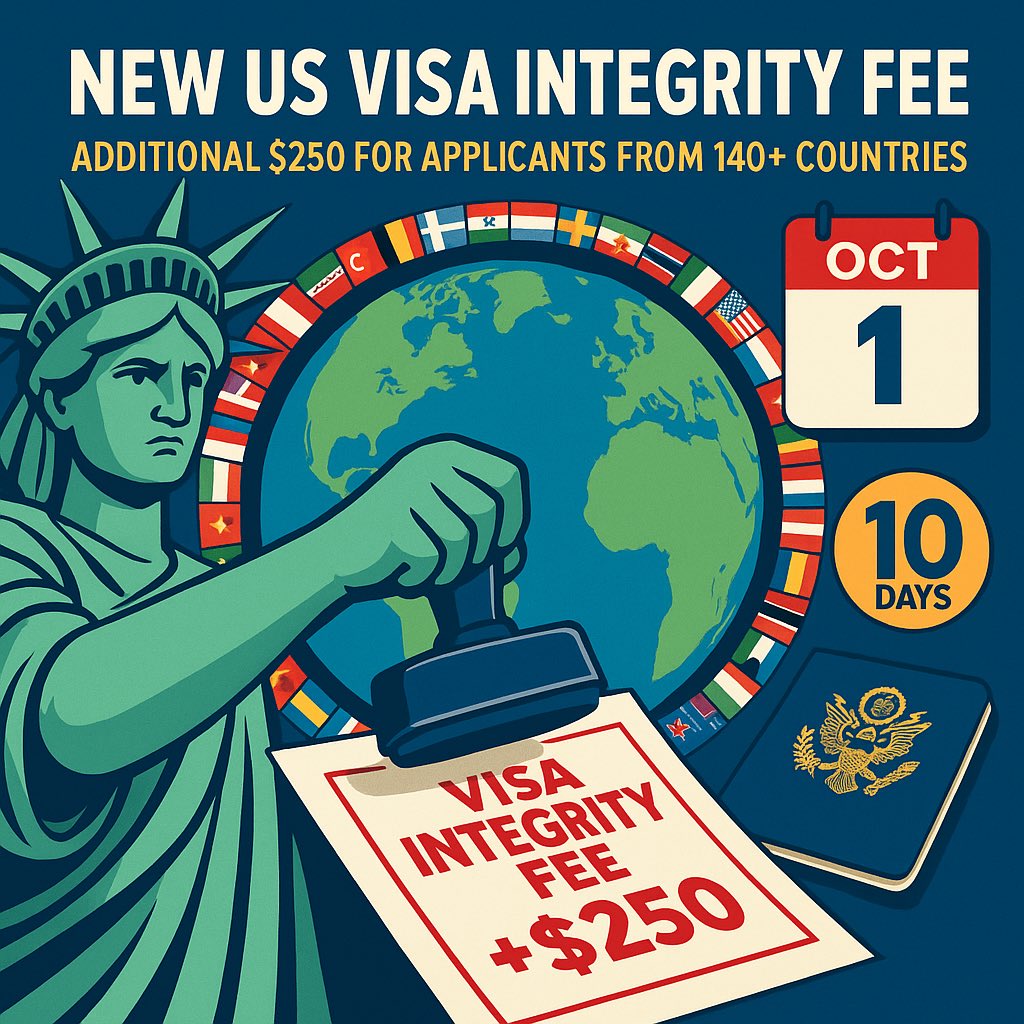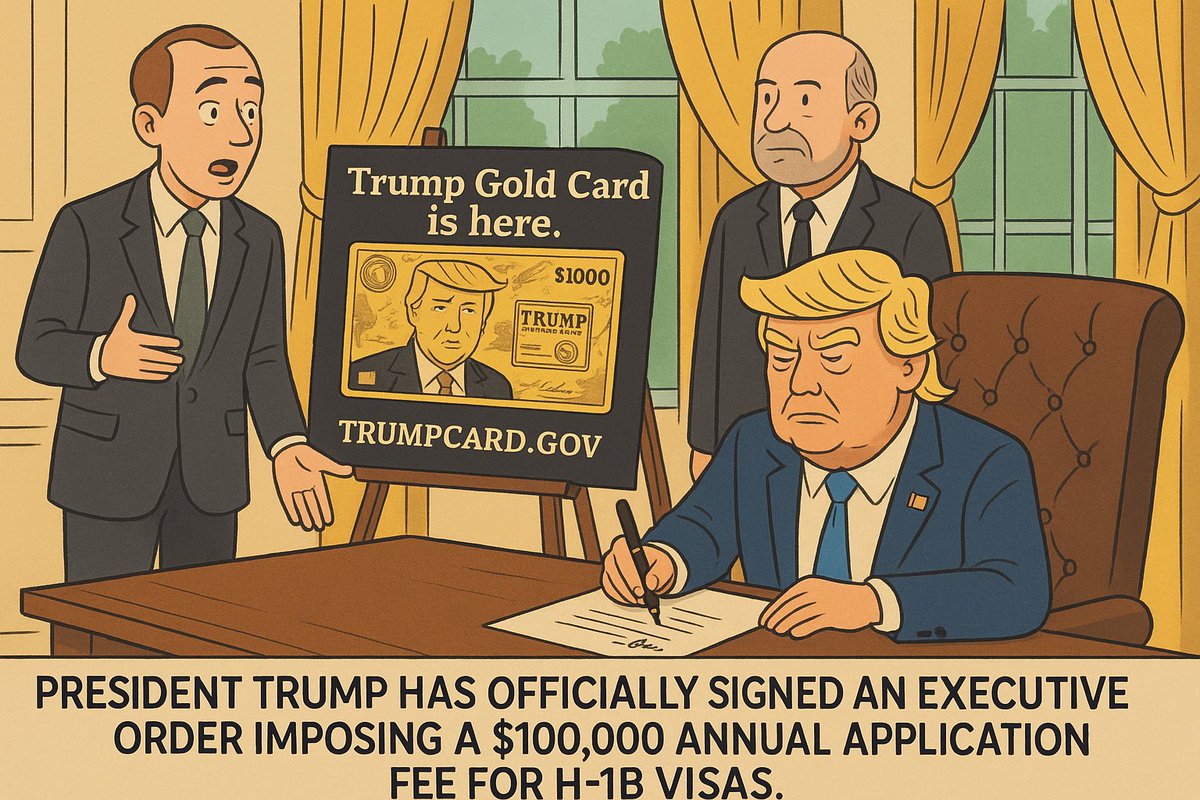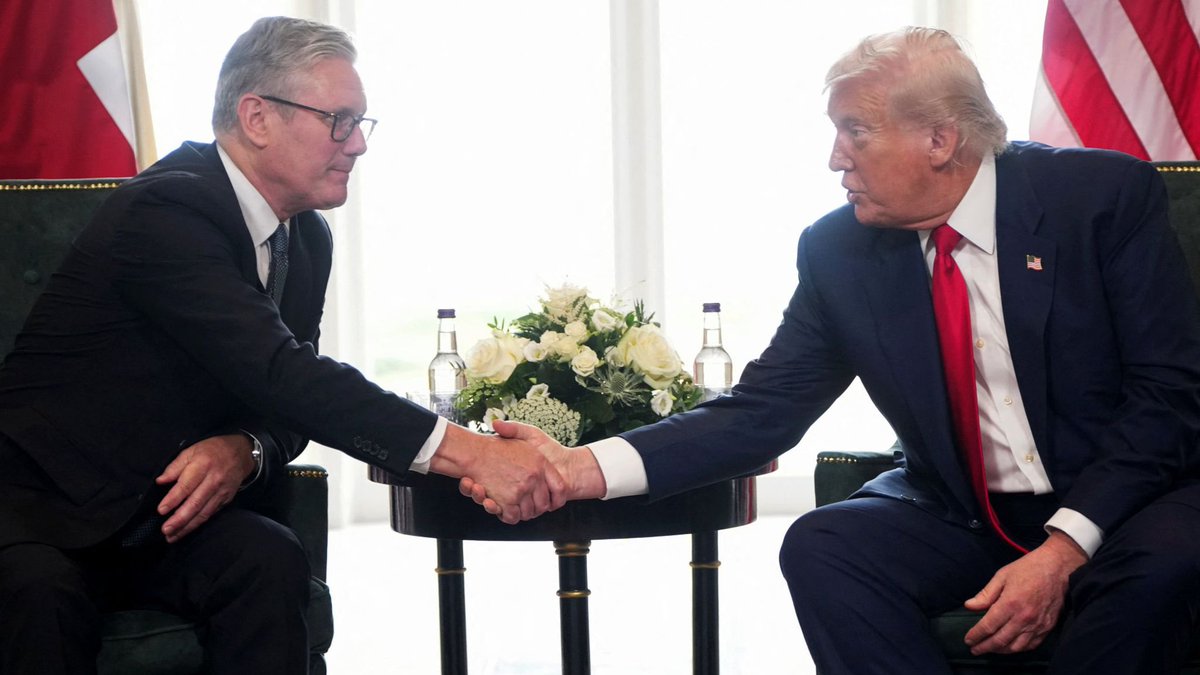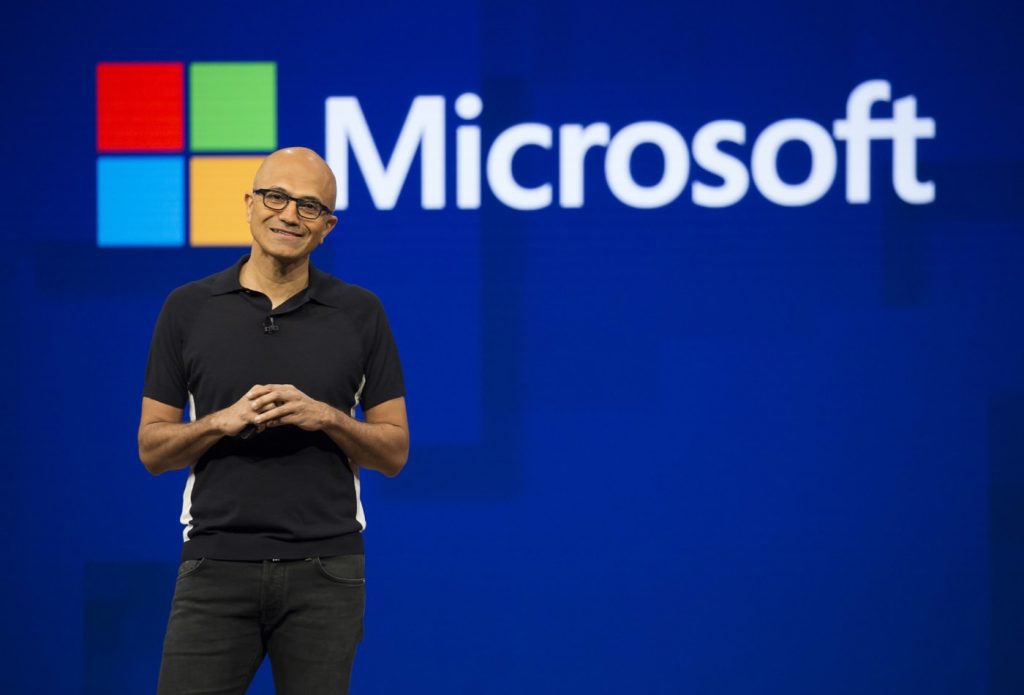🚨Modi Urges Indians to Ditch Foreign Products
Prime Minister Modi just made a significant shift in India's economic strategy: urging citizens to boycott foreign products and embrace "Swadeshi" (Made in India) goods in response to escalating US trade pressures.
Why is Modi asking 1.4 billion Indians to boycott American brands? Is this Modi's negotiating strategy or permanent policy? Here's the full story:
Prime Minister Modi just made a significant shift in India's economic strategy: urging citizens to boycott foreign products and embrace "Swadeshi" (Made in India) goods in response to escalating US trade pressures.
Why is Modi asking 1.4 billion Indians to boycott American brands? Is this Modi's negotiating strategy or permanent policy? Here's the full story:
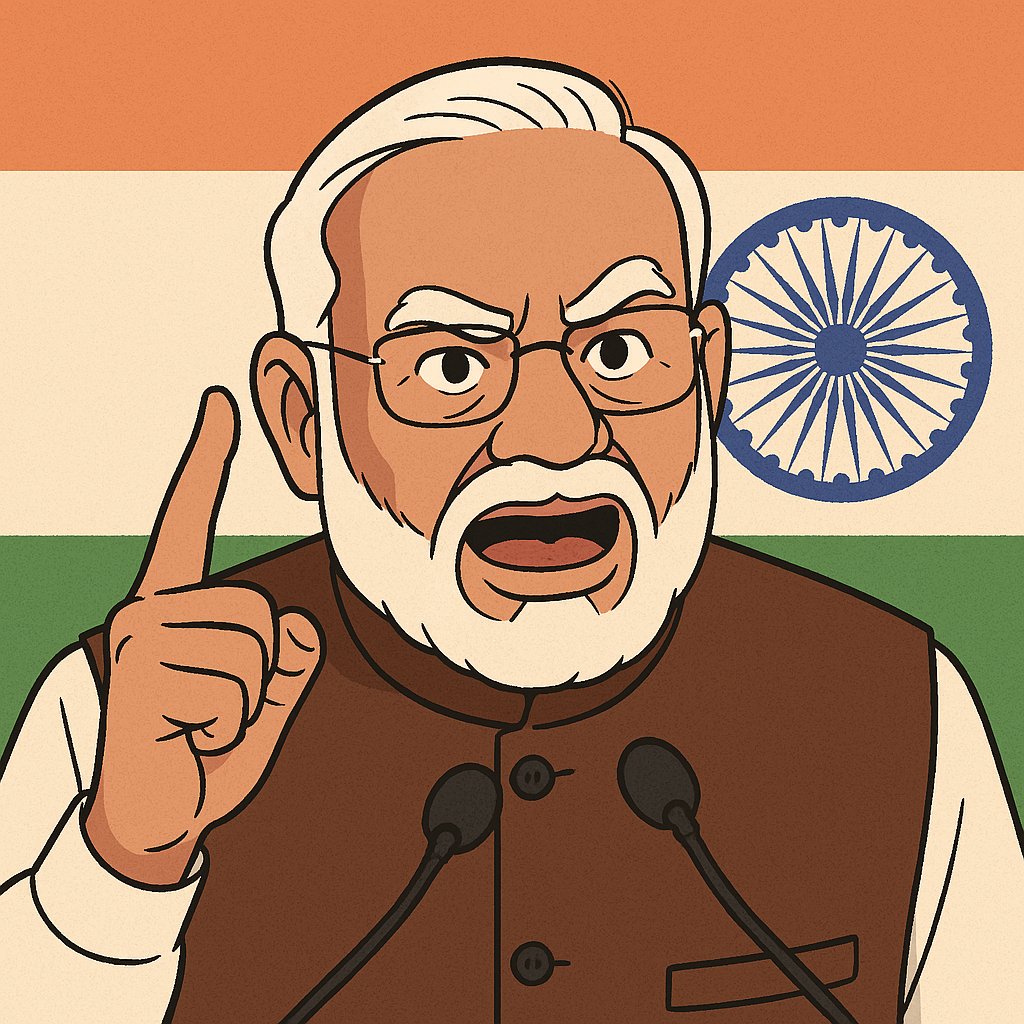
What Triggered This Response
The US recently imposed 50% tariffs on Indian imports (one of the highest rates ever), prompting Modi to call for a nationwide embrace of domestic products.
The tensions escalated further when the US hiked H-1B visa fees to $100,000, directly hitting Indian tech workers.
Popular American brands like McDonald's, Pepsi, and Apple are now facing organized boycott campaigns across the country, with WhatsApp campaigns spreading the message to boycott US brands.
The US recently imposed 50% tariffs on Indian imports (one of the highest rates ever), prompting Modi to call for a nationwide embrace of domestic products.
The tensions escalated further when the US hiked H-1B visa fees to $100,000, directly hitting Indian tech workers.
Popular American brands like McDonald's, Pepsi, and Apple are now facing organized boycott campaigns across the country, with WhatsApp campaigns spreading the message to boycott US brands.
Modi's Direct Appeal
"Foreign products have become deeply embedded in Indian daily life, often without consumers realizing it. We need to change this to strengthen our local economy."
His message extends beyond consumers — shopkeepers are being encouraged to prioritize Indian-made goods, making local sourcing a key part of the economic strategy.
"Foreign products have become deeply embedded in Indian daily life, often without consumers realizing it. We need to change this to strengthen our local economy."
His message extends beyond consumers — shopkeepers are being encouraged to prioritize Indian-made goods, making local sourcing a key part of the economic strategy.

The Scale of Impact
- $87.3 billion in Indian exports to the US at risk (India's top export destination)
- 1.4 billion consumers reconsidering their purchasing decisions
- $48.2 billion in threatened Indian exports from the 50% tariff
- 43% market share - Colgate's dominance in Indian toothpaste market now under attack
- $11 billion company Dabur directly challenging American brands with "Born there, not here" campaigns
- $87.3 billion in Indian exports to the US at risk (India's top export destination)
- 1.4 billion consumers reconsidering their purchasing decisions
- $48.2 billion in threatened Indian exports from the 50% tariff
- 43% market share - Colgate's dominance in Indian toothpaste market now under attack
- $11 billion company Dabur directly challenging American brands with "Born there, not here" campaigns

The Diplomatic Balance
While Modi mobilizes domestic support, Commerce Minister Piyush Goyal @PiyushGoyalis just completed crucial trade talks in Washington on September 22, showing India's dual approach of economic assertiveness while keeping diplomatic channels open.
While Modi mobilizes domestic support, Commerce Minister Piyush Goyal @PiyushGoyalis just completed crucial trade talks in Washington on September 22, showing India's dual approach of economic assertiveness while keeping diplomatic channels open.

Why This Matters
This isn't just a trade spat—it could fundamentally reshape the global economic order. When the world's largest democracy pivots away from the world's largest economy, supply chains don't just adjust—they fracture and rebuild entirely.
The key insight: Modi is transforming trade tensions into an opportunity for domestic economic growth, potentially reshaping how multinational companies approach the Indian market.
America wanted to corner India. Instead, India just cornered every American company that depends on Indian consumers.
This isn't just a trade spat—it could fundamentally reshape the global economic order. When the world's largest democracy pivots away from the world's largest economy, supply chains don't just adjust—they fracture and rebuild entirely.
The key insight: Modi is transforming trade tensions into an opportunity for domestic economic growth, potentially reshaping how multinational companies approach the Indian market.
America wanted to corner India. Instead, India just cornered every American company that depends on Indian consumers.
• • •
Missing some Tweet in this thread? You can try to
force a refresh





